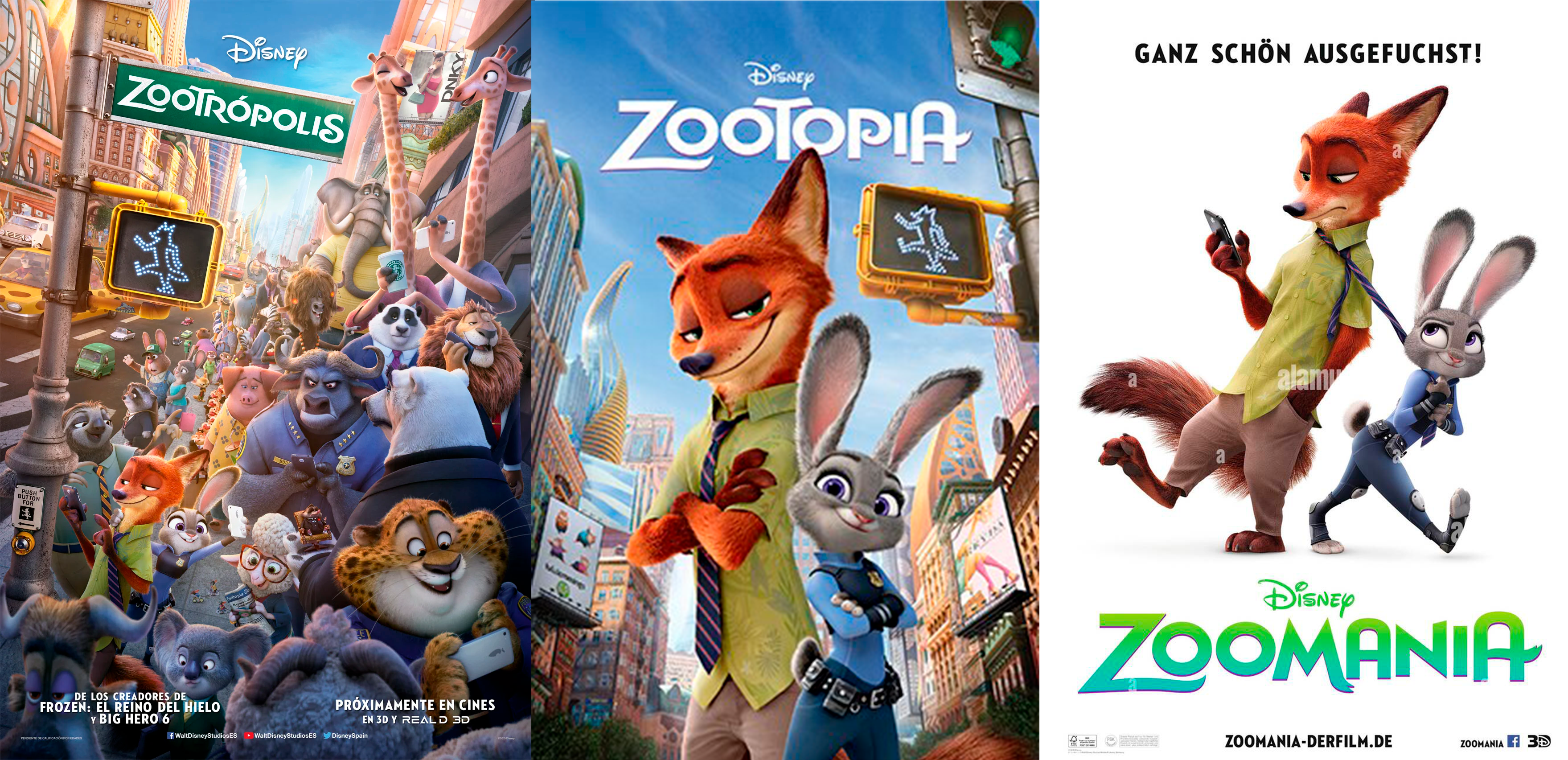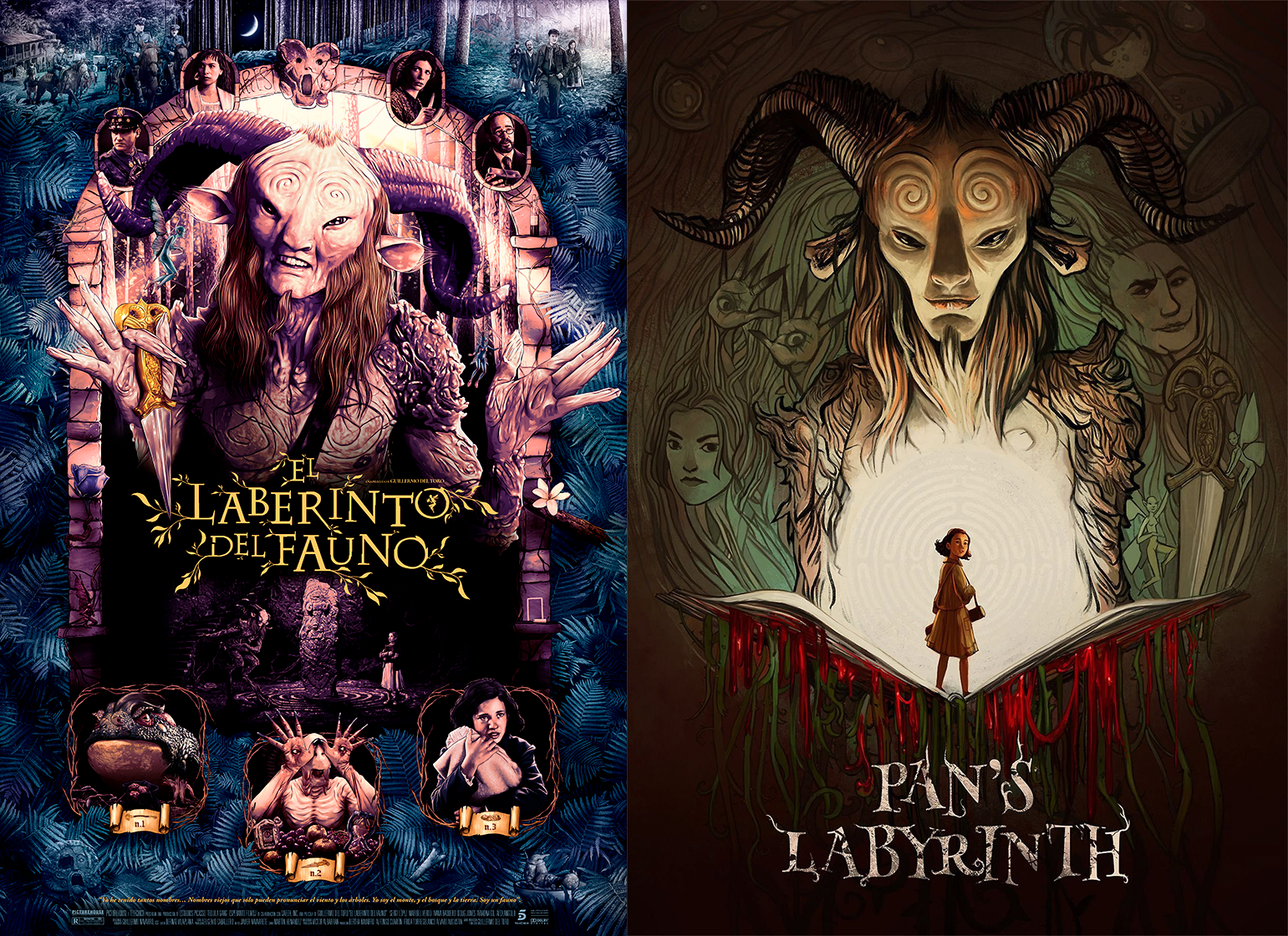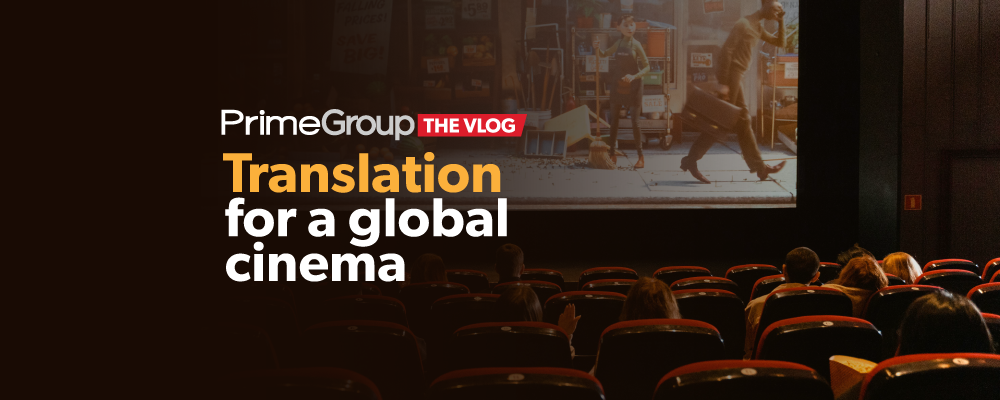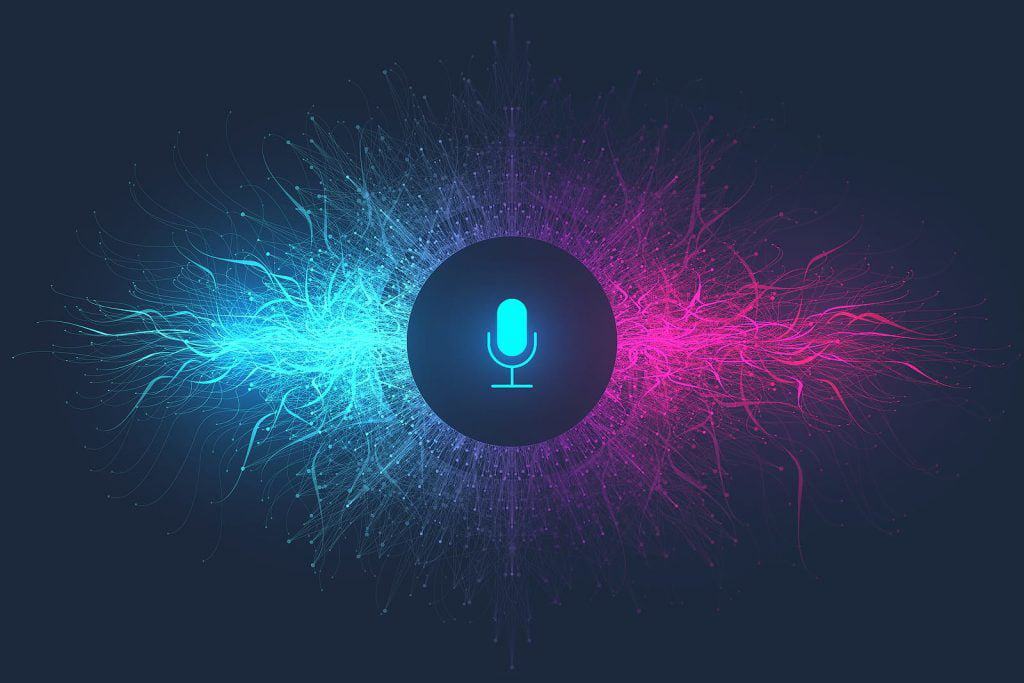We’re diving into a world full of mystery and art: translation, dubbing, and subtitling in the film industry.
The Creativity of Titles
Let’s start with something we’ve all noticed at some point: the titles. For example, let’s talk about two English movies: “The Madness of King George” became “The Madness of King George III” in the UK but remained as “The Madness of King George” in the U.S. Or, the American film “Zootopia” was changed to “Zootropolis” in the UK.

Have you ever wondered why this happens? It’s not just a matter of linguistic twist, but marketing and local culture, something that distributors know very well. This is why titles might differ even between the UK and the U.S., depending on what resonates more in each country.
Subtitling: Beyond Words
When you watch a movie in a language you don’t understand, you immerse yourself in it through subtitling. But it’s not as simple as it seems. Consider the complexity of condensing a passionate speech into just a couple of lines. Think of “Life Is Beautiful,” the touching Italian film, and how the subtitles managed to convey its message and emotions.
Transcreation and Localization: The Art of Adapting
Take, for instance, the famous Spanish-Mexican film “El Laberinto del Fauno” by Guillermo del Toro. The translation into English had to capture the poetry of the original Spanish without losing the meaning, so it was translated into English as “Pan’s Labyrinth.” The choice of the English title refers to Pan, the Greek god of the woods, fields, and fertility, often depicted with horns, like the faun character in the film.

So the choice of words captures the poetry, the emotion, and the mystery, not just the literal meaning. And then there’s localization. Remember a movie with jokes about baseball? In the UK, it might be about cricket. In Australia, perhaps rugby. It’s a delicate balance that requires cultural knowledge and sensitivity.
Dubbing: Voices that Come to Life
Dubbing is a universe in itself. It’s not just about translating words but finding the perfect voices that match the characters, and that’s achieved through a meticulous casting process. Think of “The Lion King.” The voices may be different in every language, but the characters remain the same. That requires skill, passion, and collaboration between actors and dubbing directors.

Metric in Translation and Dubbing
One of the most complex and surprising challenges in movie translation is the metric. We’re talking not only about words and meanings but rhythm, tone, and especially synchronization. Consider “Star Wars,” a film that, like all films, lasts exactly the same in English as in German. But here’s the challenge: the German translation tends to expand words by 10 to 20% more. So how do you maintain the same length?
The answer lies in the mastery of translators and dubbers, who must adjust translations to match not only in meaning but in time. Phrases must be translated in a way that fits perfectly with the original actors’ lips, and the dubbed voices must match the exact duration of each line.
Imagine a romantic scene in Paris in “Midnight in Paris” by Woody Allen. Every word, every pause, every laugh, must be just right, neither too long nor too short. If it lingers too long, the magic is lost. If it’s too brief, the emotion isn’t felt.

So dubbing is a meticulous art that requires not only language skill but understanding of rhythm and speech cadence. It’s like a delicate dance where every step, every movement, must be perfectly synchronized.
Technology: Friend and Future
Technology is playing an increasingly important role. From specialized software that helps with synchronization to artificial intelligence that translates and transcribes. But it still needs a human touch to capture rhythm, tone, and emotion. We are already seeing AI working with humans to achieve even more accurate and efficient translations.
A Career in Translation and Dubbing: An Exciting Path
If you are passionate about this world in translation, transcreation, localization, there are paths to enter, but you’ll need to study languages, have a solid culture, and be up to date with technology, such as handling audiovisual editing programs. And think about this: Artificial Intelligence can be your ally, enhancing your productivity and the quality of your work.
Conclusion: A World that Unites Cultures
From the poetic art of translation to the technical precision of subtitling and the interpretative skill of dubbing, we’ve explored a world that makes cinema truly global. A world that unites cultures, that makes us laugh and cry in different languages, but with the same emotions.


